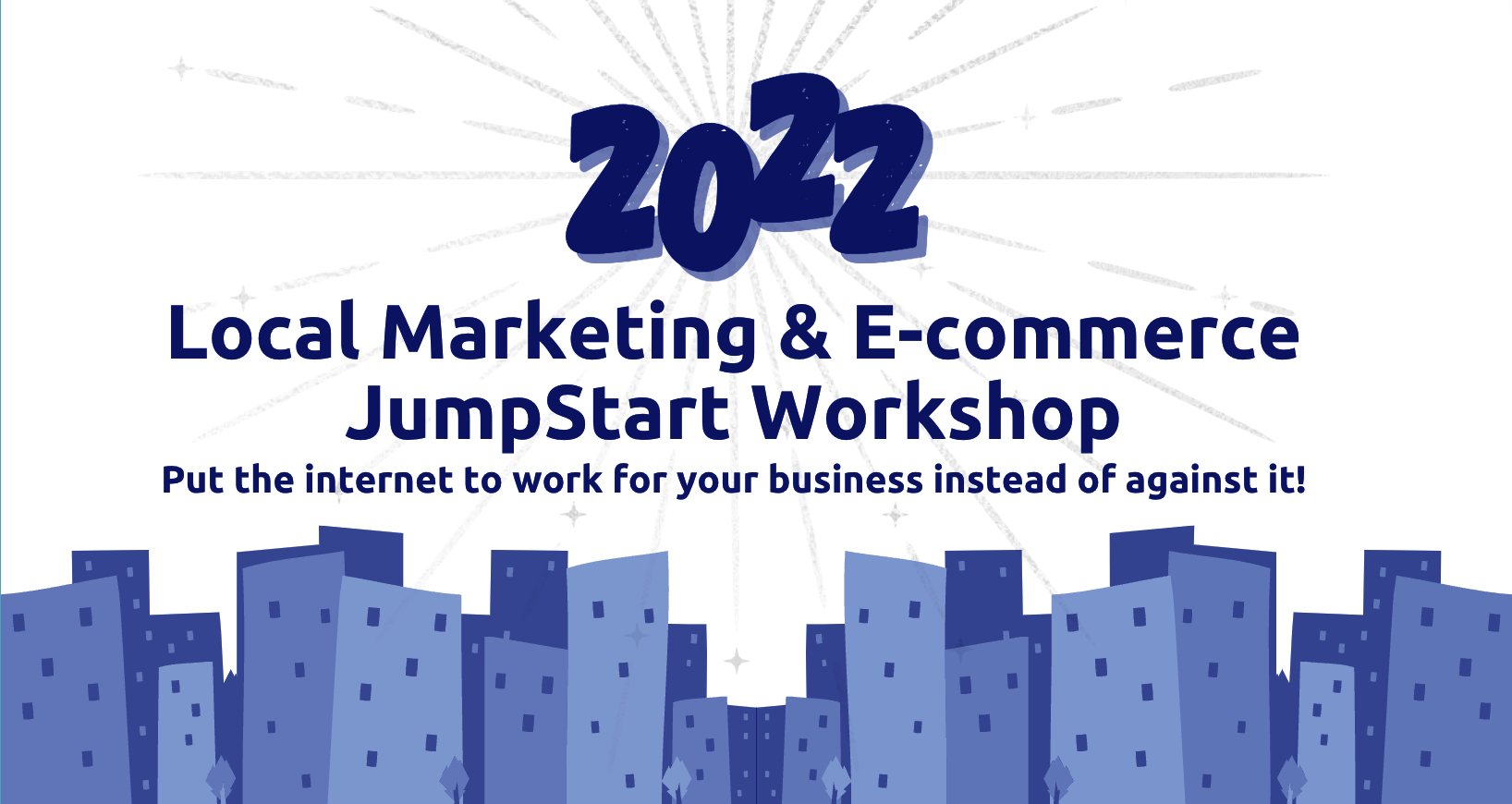Do you know that in Kansas it’s illegal to shoot rabbits from motorboats? And while, on the surface, this is bad news, the good news is that it’s a bad plan anyway, so whether or not it’s the law, it doesn’t make a dickybird of a difference.
I’ve mentioned this factoid not so much because I used to be a homestead rabbit farmer, but because many small businesses’ marketing plans are the equivalent of trying to shoot rabbits from motorboats.
On one side of the equation, the plan itself looks brilliant. On the other side of the equation, the target market looks good too.But closer scrutiny reveals that the specific plan is pretty ineffective or even hopelessly futile to “connect” with the selected target market.
Good marketing planning is about doing fewer but more effective activities to achieve better results.
The US Small Business Administration recommends the very minimum of 7% of gross revenue for marketing budget. In my experience, it is a good idea to set the marketing budget to 12-20% for new businesses and 8-12% for more established businesses.
According to a survey by CMO in 2014, companies under $25 million in revenue spent an average of 11% on marketing and companies between $25 million and $99 million operated on 9% marketing budgets.
At the same time, very aggressive companies, like Twitter (44%), LinkedIn (35%) and Salesforce (53%) spend much more. They know the value of good marketing.
What many small business owners ignore is this is 7% of the target (future) revenue NOT current revenue.
So, if you want to grow your business from $1 million to $2 million, although your business is still at the $1 million level, you have to calculate with $2 million, and set your marketing budget at $140,000.
Methods Are Endless
And just as there are many ways to skin a cat, there are many methods to land new clients too.
Some work really consistently and produce perfect clients. Some work pretty inconsistently and generate clients from Hell.
But based on three criteria, we can figure out pretty accurately whether a plan is a potential good deal worth implementing or a potential ordeal worth running far away from as fast as you can.
The three criteria are…
- Is it healthy? Is it based on magnetic attraction not on maniacal pursuit?
- Is it consistent, predictable and sustainable? Can it be systematised?
- Does it empower or enslave business owners? Can it be automated?
Question #1: Is Your Marketing Plan Healthy?
Is the plan based on magnetic attraction of the potential perfect clients not mindless pursuit of the target market in general?
When you run a healthy marketing programme, you are positioned as a trusted, respected, recognised and sought-after industrial authority. High-quality buyers seek you out and bring their opportunities to you.
It means that a small firm business produce impressive profit per employee figure, the ultimate performance indicator of a true entrepreneurial business.
When small businesses run on “unhealthy” hunting-based marketing plans, positioned as replaceable vendors, they have to “hunt” down each client one by painstakingly one, very often by responding to cattle calls (RFPs), which in the business world is the ultimate master-slave relationship, and should be avoided.
In my experience, great clients in search of great businesses don’t rely on RFPs because they know that the best companies in any industry don’t respond to RFPs.
This approach requires to have a large sales force of “hunters” in your business whose daily chore is to dial for dollars, knock on doors and scan the horizon for RFP opportunities.
But…
The other option is to have a small group of people who operate as trappers, farmers or gardeners. Instead of chasing the market, they plant seeds, bait their traps and wait. Their bait is high-value, education-based marketing content and their trap is their sales funnel and list.
Then self-selected people walk in request the appropriate content and land on the list.
There is no resistance, no struggle. The whole process is peaceful and is based on voluntary action.
With a little upfront attention, small businesses could build enough magnetic attraction into their marketing, so they could stop chasing after the market.
Question #2: Is Your Marketing Plan Consistent, Predictable And Sustainable?
Can it be systematised?
Systemisation is important for two reasons…
- Consistency and predictability make it possible for business owners make more accurate projections for the firm’s future performance. The ability to make better projections adds to the company’s value and makes long-term planning more accurate.
- Consistency and predictability make the firm’s brand stronger.
There are four criteria that help us to find out whether we’re looking at a system or just a random heap of bits and bobs…
- Can you identify its parts?
- Do the parts affect each other?
- Do the parts together produce an effect that is different from the effect that each part produces on its own?
- Does the effect, the behaviour over time, consistent under various conditions?
Besides selling valuable products and services, the other main aspect of a small business is client acquisition or business development.
Many people regard business development as pure selling, but it’s a lot more. Business development includes…
- Your offer
- Your marketing system
- Your sales system
- Your customer service/management system
- Your joint ventures and alliances
- Your feedback system
Business development is a cyclical, recurring process with a feedback mechanism that makes correction and improvement possible. It’s like a flywheel. It takes some effort to get is started, but once it has momentum, it takes very little effort to maintain that momentum.
One big difference is that service/product delivery is paid work, but marketing is not.
For this reason, it often happens that people get so bogged down doing revenue-generating work that they are reluctant to engage in client acquisition.
The irony is that client acquisition/business development is the most lucrative activity, but it’s not instant. But, if through systematisation, your people could predict and factor in how much time and effort it takes for them to perform their fair share of marketing, their reluctance levels would come down quite significantly.
For instance, asking one of your content writers to write an article on leadership can be pretty daunting. After all, both “article” and “leadership” are broad terms.
But…
Based on your last 10 clients, and your company’s “fill-in-the-blanks” article template, write an article on the leadership problem of “When leaders fail to practise what they preach”.
Using this approach, the firm’s articles can be consistent, including a tried and tested call for action at the end, depending on what action the writer wants the reader to take.
With this article template, we have a system, so whoever writes the article, it carries the company’s unique tone and style, and thus its brand.
Not to mention that it’s less overwhelming to answer eight questions in a few paragraphs each than “writing an article”.
Question #3: Does The Marketing Plan Empower Or Enslave Professionals?
Can it be highly automated?
Your tactical marketing should take the burden of manual labour off your shoulders, and should give you more time and energy to work on strategic- and client-related issues.
On the surface, one option is to hire more people to delegate the work to, but that only complicates your work and you run the risk of slowly going mad. There is an exponential relationship between the number of team members and the effort to lead them.
Have you thought about why the optimum number of horses to pull a cart is four?Not two, eight, or sixteen.
My driving instructor explained this interesting phenomenon to me when, during my gravedigger years in the UK, I was studying to get my driving licence to drive a horse-drawn hearse.
Four is the ideal number of horses that gives you the highest pulling power for the effort it takes to manage them.
With 2 horses, pulling power drops drastically, but managing effort decreases only a little.
With 8 or 16 horses, pulling power increases a little, but managing effort skyrockets.
On a per-person basis, small teams are always more effective than large teams.
This is why hiring new people should be the last effort only when systems and automation are fully optimised, and hiring new people is unavoidable.
So, if we don’t want to ruin the company’s profitability by hiring more people, we can turn to automation. There are five good reasons to do that…
- Many tactical aspects of marketing, put it bluntly, are boring and repetitive. And boring tasks are best left to technology that doesn’t get bored and doesn’t make mistakes due to boredom.
- During the initial stages of the buying cycle, firms can build more trust in their markets through automated consistency than through humanised inconsistency. Consistently arriving autoresponders are more trustworthy than haphazardly arriving manual emails.
- Buyers are more willing to “consume” and “digest” automatically arriving valuable information than to listen to salespeople canned dog and pony show presentations.
- To be nicely profitable, small businesses have to find the optimal headcount to provide its services. That leads to maximum profit per employee. Both understaffing and overstaffing erodes profitability. Economists call it the economies of scale. So, the key is to have the lowest number of people and automate whatever can be sensibly automated.
- The fewer people your firm needs, without getting understaffed, the better people the firm can hire. People get exceptionally well paid, they do exceptionally good work and the business becomes exceptionally profitable.
Summary
Yes, marketing can become quite complex, especially for larger businesses, but I believe these three questions can set a good direction before we lose ourselves in the tactical details.Let’s remember Sun Tzu’s words in Art of War, “Strategy without tactics is the slowest route to victory. Tactics without strategy is the noise before defeat.”
These three questions can help you to set the strategy and then you can design tactics to serve the strategy, and at the end of the next year, you’ll be happier than a gym bag on a tomato field.






